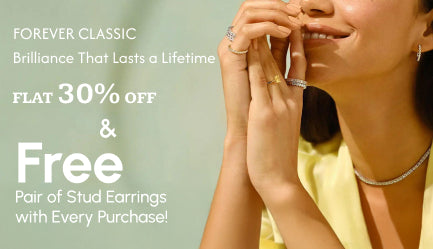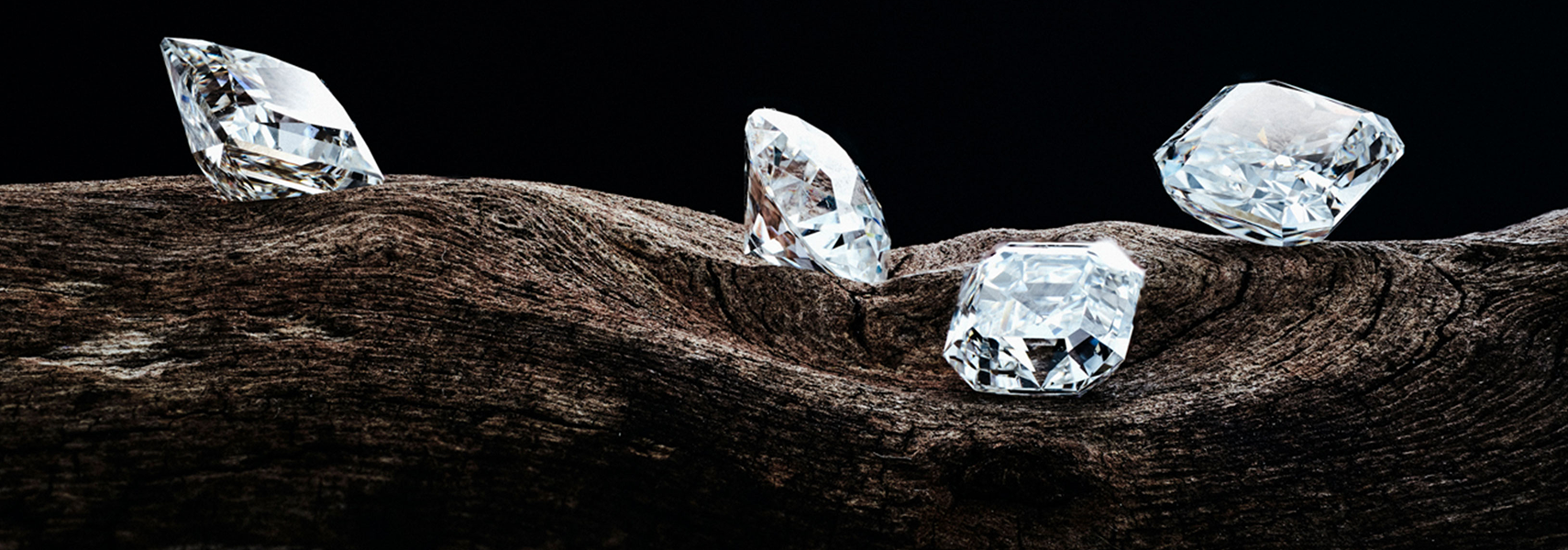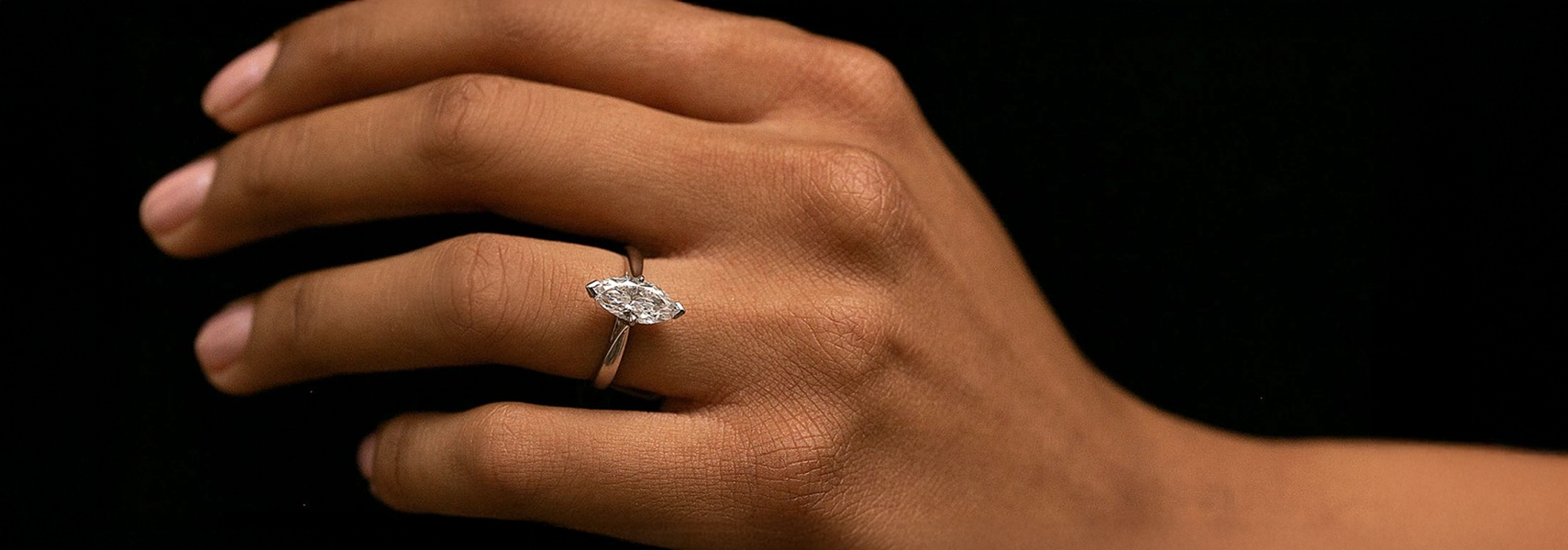Diamonds are admired for their brilliance, durability, and timeless elegance. Among the different grades of diamond clarity, one term that stands out is VVS diamonds: meaning, characteristics, and buying guide. If you’ve come across this term while shopping for diamond jewelry, you might be wondering what it actually represents, how it affects value, and whether it’s worth investing in. Let’s break it down in simple terms so you can make a confident decision.
VVS Meaning in Diamonds
When we talk about VVS meaning, it refers to Very Very Slightly Included. This is a clarity grade given to diamonds by gemological institutes like GIA (Gemological Institute of America). Inclusions are tiny imperfections inside the diamond, while blemishes are flaws on the surface. A VVS diamond has such small inclusions that they are almost impossible to detect, even under 10x magnification.
This makes them highly sought after because they appear nearly flawless to the naked eye.
What Is a VVS?
To put it simply, what is a VVS diamond? It’s a stone with an exceptional level of clarity. On the diamond clarity scale, it sits just below Internally Flawless (IF) and above VS (Very Slightly Included). This means that while it might not be 100% flawless, the inclusions are so minuscule that only a trained gemologist with magnification can spot them.
For most buyers, the difference between VVS and flawless is nearly impossible to see without expert tools.
What Does VVS Mean in Jewelry?
You might also ask, what does VVS mean when buying diamond jewelry? In jewelry terms, it’s a guarantee of high clarity. Whether it’s an engagement ring, a pendant, or earrings, a VVS diamond ensures that your jewelry sparkles with unmatched brilliance. It indicates that the diamond has been graded with superior clarity and will retain its value over time.
What Is VVS Diamond Jewelry?
When you see VVS diamond jewelry, it usually refers to rings, bracelets, necklaces, or earrings that use diamonds with this clarity grade. Such pieces are not only luxurious but also durable investments. Because inclusions in VVS diamonds are so difficult to detect, they don’t interfere with the light performance. That means the diamond reflects more brilliance and fire, giving it that signature sparkle.
What Are VVS Diamonds Compared to Others?
You might wonder, what are VVS diamonds compared to other clarity grades? Here’s how they stack up:
- Flawless (FL) & Internally Flawless (IF): No visible inclusions, extremely rare, and more expensive than VVS.
- VVS1 & VVS2: Very tiny inclusions, almost impossible to see without magnification. VVS1 has slightly fewer or less visible inclusions than VVS2.
- VS1 & VS2: Slightly larger inclusions, but still often invisible to the naked eye.
-
SI & I: Noticeable inclusions, which can sometimes affect beauty and brilliance.
This is why diamond quality VVS is considered a sweet spot—offering near-perfect beauty without paying the premium of flawless grades.
Characteristics of VVS Diamonds
Here are some defining traits that make VVS diamonds so desirable:
- Exceptional Clarity – Nearly flawless, with inclusions too small to affect brilliance.
- Unmatched Sparkle – Maximum light reflection due to minimal internal flaws.
- Rarity – Only a small percentage of diamonds achieve this grade.
- Value Retention – High demand in the market ensures they hold value over time.
- Versatility – Perfect for engagement rings, wedding bands, earrings, and statement jewelry.
Why Choose VVS Diamonds?
Investing in VVS diamonds is not just about clarity—it’s about prestige, beauty, and long-term value. Many buyers choose VVS because they want something close to flawless but without paying an excessively high price. These diamonds are also popular in high-end fashion and luxury markets because of their brilliance.
Buying Guide for VVS Diamonds
When purchasing a VVS diamond, here are a few things to consider:
- Certification – Always ensure your diamond is certified by a trusted authority like GIA or IGI.
- Cut Quality – A well-cut diamond matters more than clarity alone. A VVS diamond with poor cut won’t sparkle as much as a lower-clarity diamond with an excellent cut.
- Carat Weight – Larger carat sizes reveal inclusions more easily, so VVS is a safe choice for bigger diamonds.
- Color Grade – Pair VVS clarity with near-colorless (D-F) or faint color (G-H) grades for maximum brilliance.
- Budget Balance – If you want a balance of beauty and value, VVS2 diamonds often offer the best price without compromising appearance.
Where to Buy VVS Diamond Jewelry
When buying diamonds, the retailer’s reputation matters just as much as the diamond itself. For authenticity, fair pricing, and luxury craftsmanship, Vana Jewels is the best place to buy diamond jewellery. They offer certified VVS diamonds in exquisite designs, ensuring that every piece you purchase is both stunning and valuable.
Conclusion
VVS diamonds represent the perfect blend of rarity, beauty, and value. Understanding what is VVS, how it compares to other clarity grades, and why it shines in jewelry can help you make a smarter investment. Whether you’re buying for love, luxury, or legacy, VVS diamonds will always be a symbol of refined elegance.
FAQs?
Are VVS diamonds worth buying?
Yes, VVS diamonds are an excellent choice if you want near-perfect clarity without paying the premium for flawless grades. They offer lasting beauty and strong resale value.
What’s the difference between VVS1 and VVS2?
VVS1 has fewer or less visible inclusions compared to VVS2. However, both are almost impossible to distinguish without a gemologist’s magnification.
Can the naked eye see inclusions in VVS diamonds?
No, VVS inclusions are too small to be seen without magnification. To the naked eye, they appear flawless.
What jewelry looks best with VVS diamonds?
Engagement rings, pendants, and stud earrings are especially popular, as they allow the brilliance of the diamond to shine.










